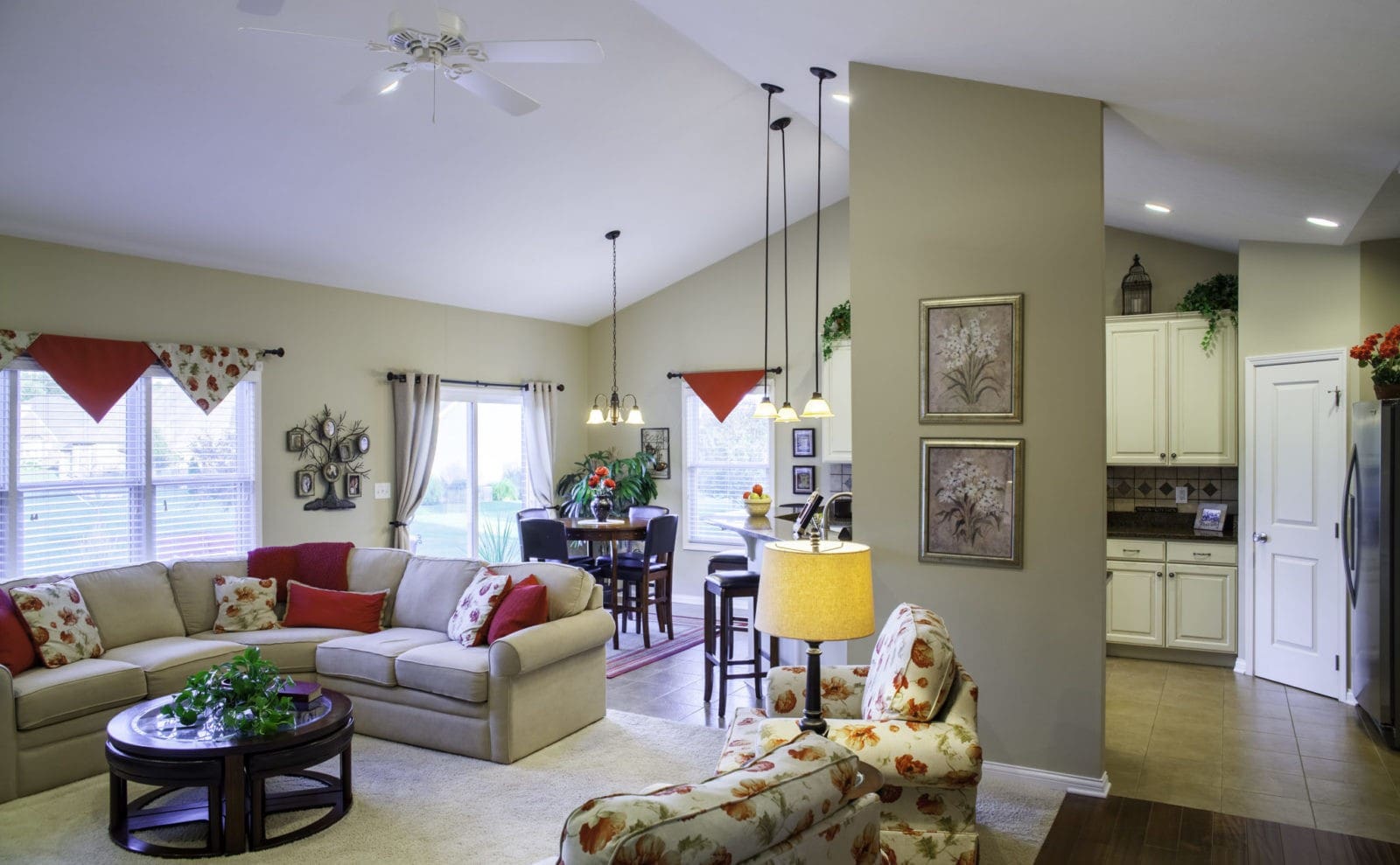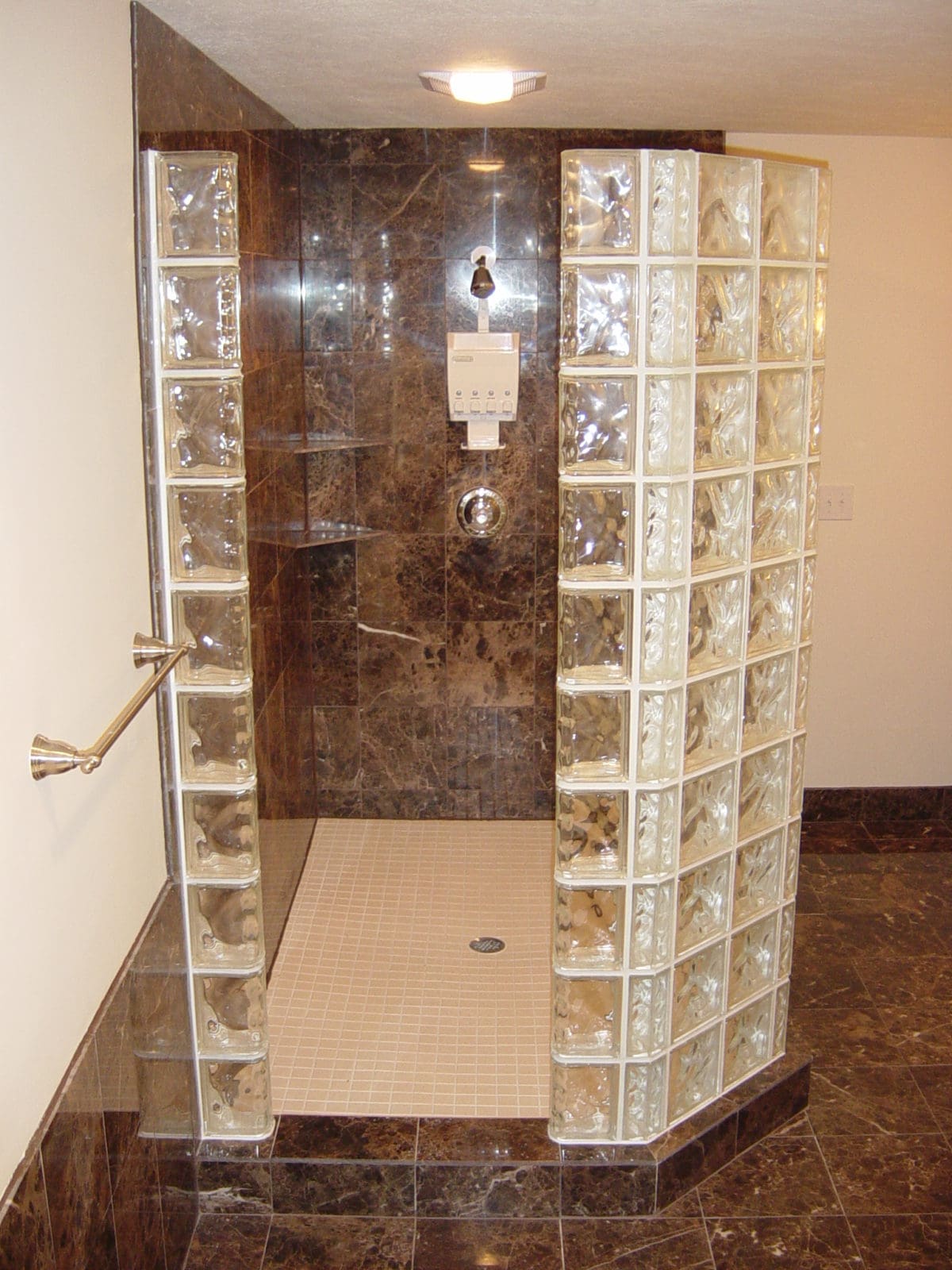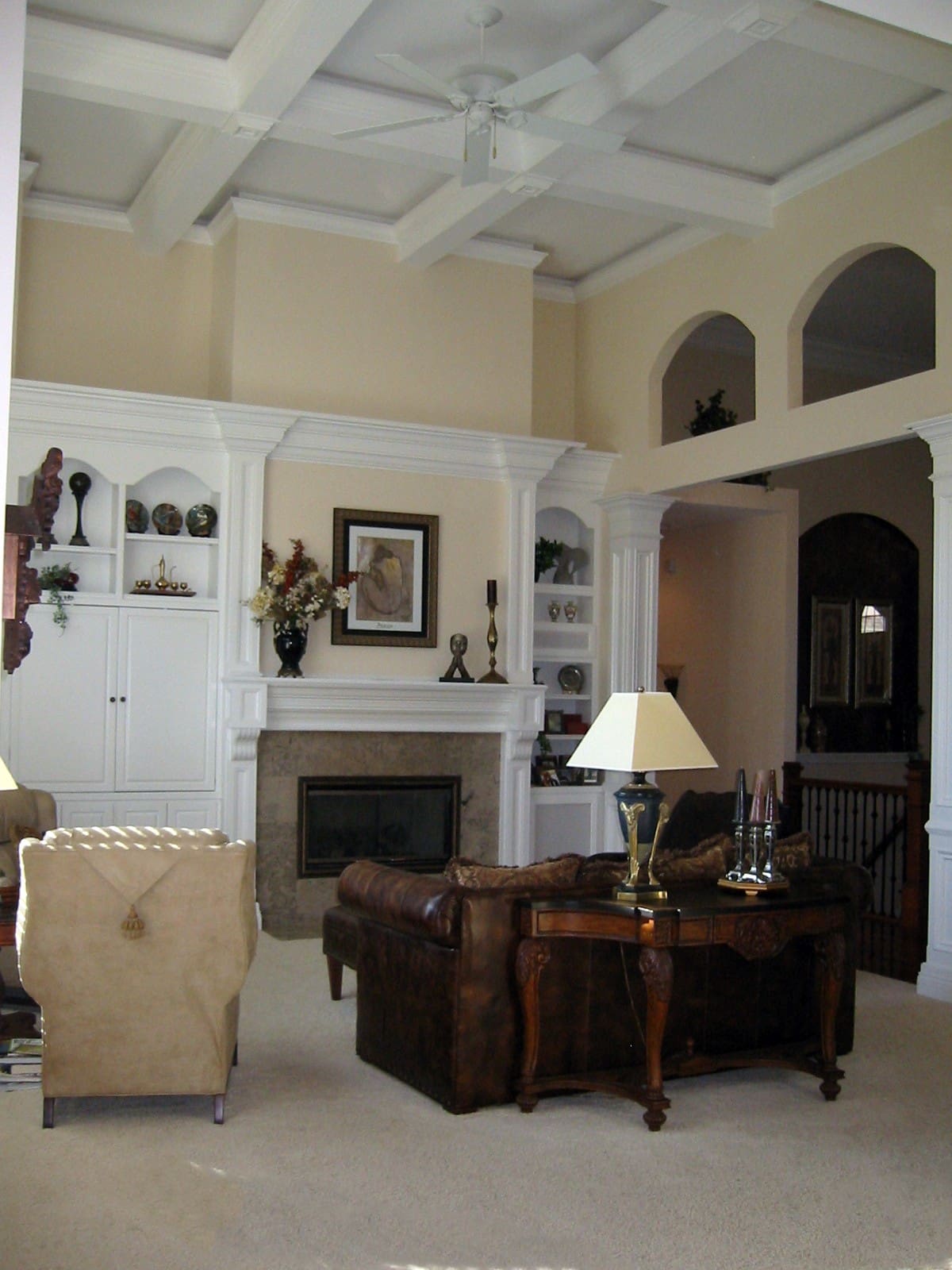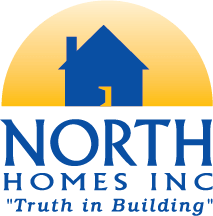Aging in Place

What does Aging in Place Mean?
More of today’s “Empty Nesters” are building homes that they may never intend to leave. Given the choice of their residence, many prefer the idea of staying in their own homes, rather than moving into senior housing. Such long-term home occupancy is known as “aging in place” and it’s becoming more popular as we live longer, healthier lives. While continuing to live in your own home, safely and independently, and as you grow older your needs will change. The Aging in place plan is not for “Old” people, but for proactive people.
A home built with universal design features for aging in place will not require those modifications at a later time.
Incorporating “ageing in place” features does not stop you from building a modern, luxurious, aesthetically pleasing, and comfortable home while accommodating for your needs today as well as for years to come. If you want a gourmet kitchen with granite countertops and stainless-steel appliances, a home designed for aging in place can include the finest gourmet kitchen you can imagine. Dreaming of a lavish outdoor living area with a kitchen and custom pool or an in-home theatre? With the right design, you won’t even notice them while including important design features that make it possible for you to live in the home throughout your golden years.
Throughout the building process, North Homes can help make interior and exterior building areas more accommodating for aging in place.
A Few Common New Home Features to Accommodate Aging in Place Include:
- Single story living
A home with one level is ideal to progress from middle age to elderly. If you are wanting multiple levels then putting in an elevator might be a good choice. You can add the shaft at first and use it for extra storage, then when time warrants it add the elevator itself. - No-step entrance
At least one entrance to the home should be level (no steps) to accommodate anyone using a wheelchair or walker, and no steps should be required to enter main rooms of the home. - Open floorplans
The house should include spacious open spaces for easy maneuvering and good visibility, 5-foot by 5-foot clear space in living rooms, bedrooms and bathrooms. - Wide hallways and doorways
Halls and doorways should be wide enough to accommodate a wheelchair. Doorways should have at least 36 inches of clear width; hallways a minimum of 42 inches wide. - Flush thresholds
To accommodate mobility devices. - Non-slip flooring
Evenly textured surfaces like Cork, rubber and linoleum are best. Carpet should be tight looped with thin pad. Avoid area and throw rugs. - Reinforced bathroom walls for grab bars, or built-in grab bars.
Evenly textured surfaces like Cork, rubber and linoleum are best. Carpet should be tight looped with thin pad. Avoid area and throw rugsInstalled 34” to 38” above floor with a diameter of 1-¼” to 2”, extending 1“ beyond the final spot and installed in wall studs or masonry. - Zero-threshold shower with seating
Shower pan built in floor joists. - Raised electrical outlets
- Lowered electrical switches
- Pull-out shelving
- Easily accessible storage spaces
- Bright lighting
Especially well-lit walkways, entrances, steps, and all interior spaces. - Lever-handled doorknobs
Requiring only a single motion - Rocker-style electrical switches
With toggle light switches with glow-in-the-dark rocker rocker panels at 36” to 44” above floor.



Client Testimonials
Ready To Get Started?
Schedule your Free Consultation Now!
